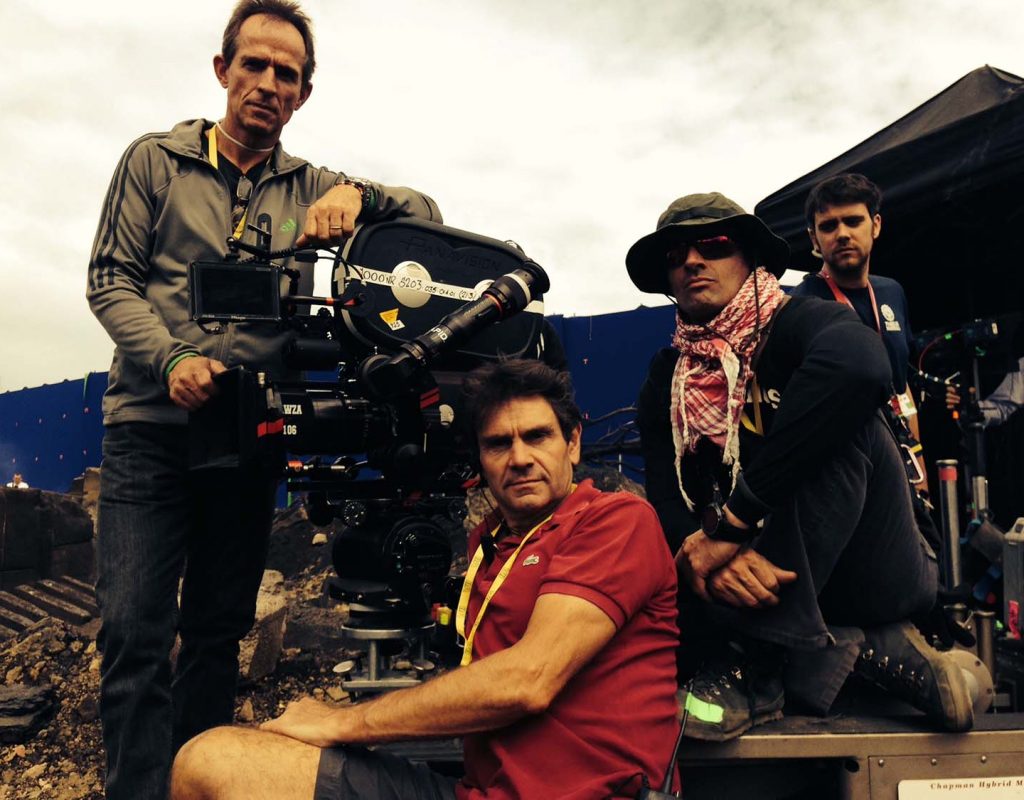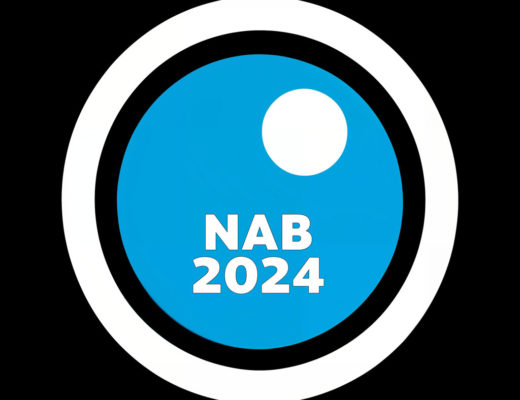DailyMotion and Google are both experimenting with theHTML 5 video element and have strongly endorsed standards-based solutions for deploying video on the Web. Ars takes a close look at the state of open video and explores both the benefits and challenges of liberating rich media from the proprietary plugin prison.
The expressive power of the Web is largely made possible by open standards. HTML, the vendor-neutral markup language that serves as the underlying foundation of the open Web, helped to foster the culture of interoperability and inclusiveness that have made the Internet a success. HTML 5, the next iteration of that standard, could bring the same degree of empowerment and interoperability to rich media and other kinds of Web content.
Although HTML 5 is still in the draft process and has not yet been ratified by W3C, the nascent standard is gaining significant traction. Browser makers are implementing key features of HTML 5 and bringing robust support for some of its most advanced capabilities to end users. A growing number of prominent companies that deliver content and services on the Web are putting their weight behind HTML 5 and touting it as the way forward for building interactive Web applications and deploying rich media in the browser.
Continues @http://arstechnica.com

Filmtools
Filmmakers go-to destination for pre-production, production & post production equipment!
Shop Now
![HTML 5 and Web video: freeing rich media from plugin prison 3 Reblog this post [with Zemanta]](http://img.zemanta.com/reblog_c.png?x-id=67557188-8422-479f-8f69-9ad02d401122)













